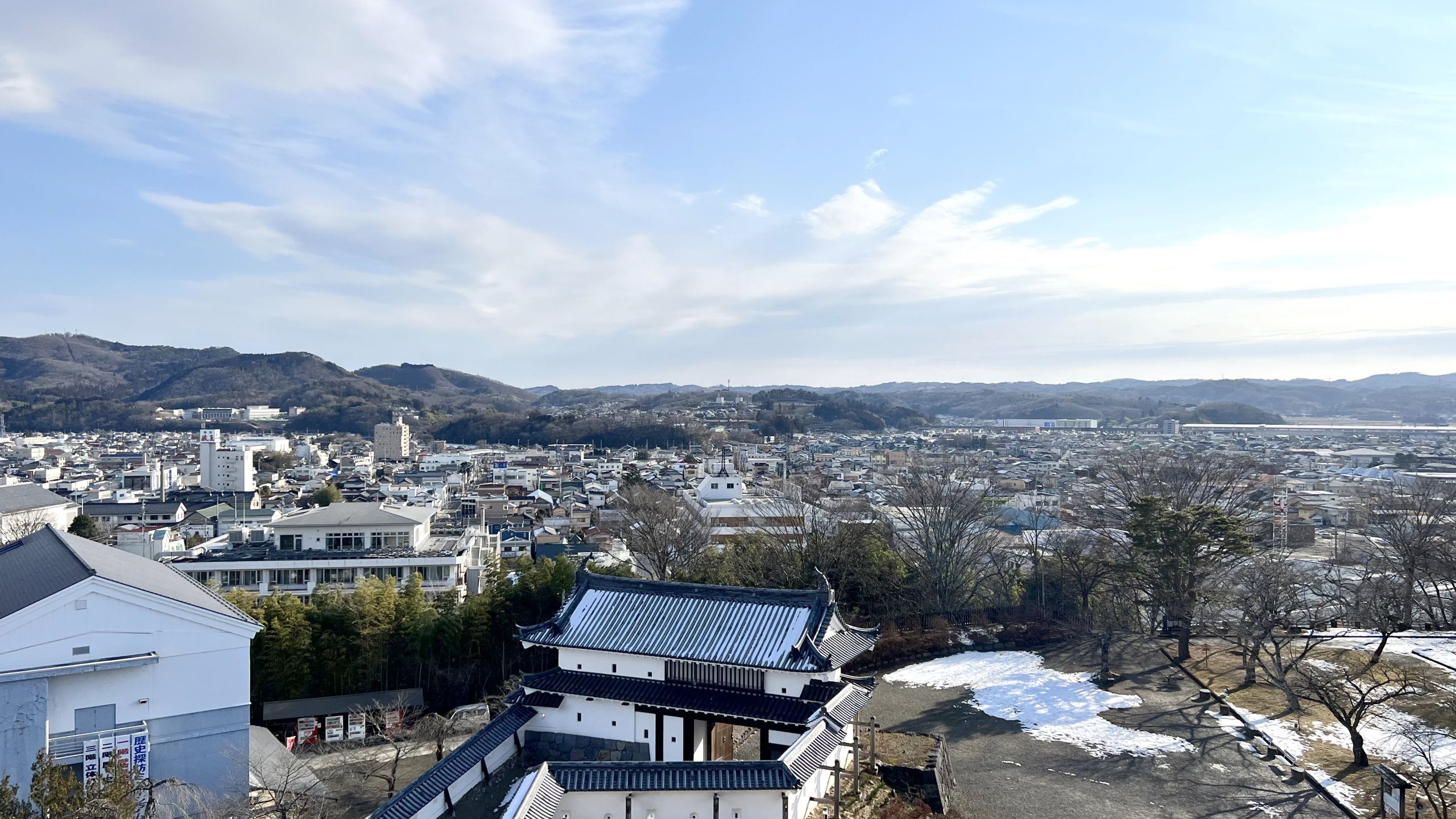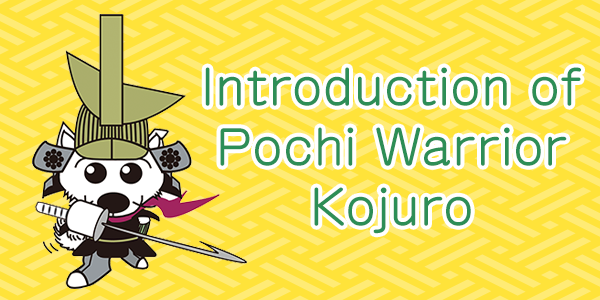Spots around Shiroishi Castle (East)
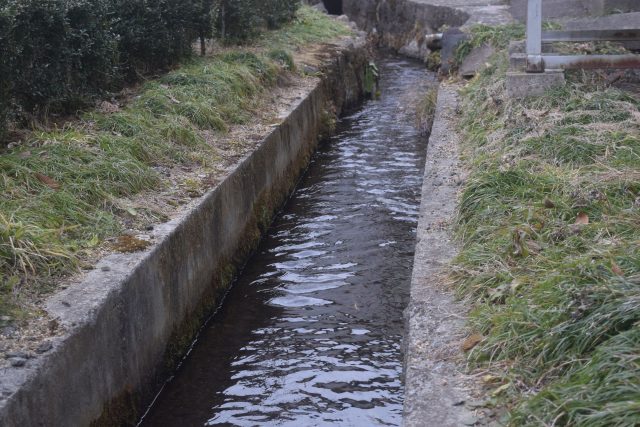
The Castle Town of Shiroshi
The premise of Shiroishi Castle extended up to "A" on the exhibition panel and was surrounded by rows of samurai residences, forming a castle town. The Oshu-Kaido Road ran below Shiroishi Castle, and many travelers came and went on this road.
Horiwari (waterways) can still be seen throughout the city. They made use of the topography, which had a higher elevation on the west side and a lower elevation on the east side. Horiwari is thought to have served a variety of purposes, such as protecting the castle from invasion and providing water for daily use by the residents. These waterways were utilized even after the Meiji Restoration, and about 100 waterwheels were used to rotate in the city to mill flour for the famous "Shiroishi Umen" noodles.
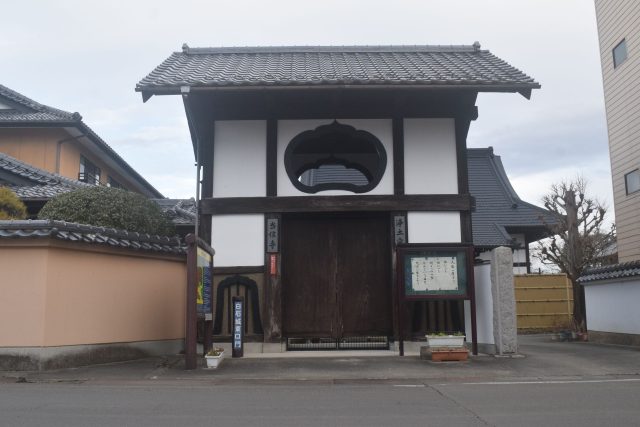
Toshinji Temple
The gate of Toshinji Temple was one of the gates once located at Shiroishi Castle, which was relocated to the temple when the castle was demolished. It was originally sold to Sennenji Temple but was resold to Toshinji Temple in 1887 when the road in front of the newly-opened Tohoku Line station was being renovated. This gate was the gate to the Ninomaru (outer citadel) area and is characterized by the large open windows on the second floor. It is said that these windows were made large because a taiko drum was installed there to announce the time to the people inside and outside the castle.
On the premises of the temple are the graves of Sanada Yukimura's children, Oume and Daihachi. It is said that since Oume was born in the western part of Japan, they wished her tomb to be near the main road where people traveling from the west pass. The tombstone of Oume was in the shape of a statue of Nyoirin Kannon (the Bodhisattva of Compassion), but because it looked as if she was holding her cheek due to a toothache, it was scraped away by people suffering from toothaches who believed the superstition that if they scraped it off and drank it, it would cure their toothache.

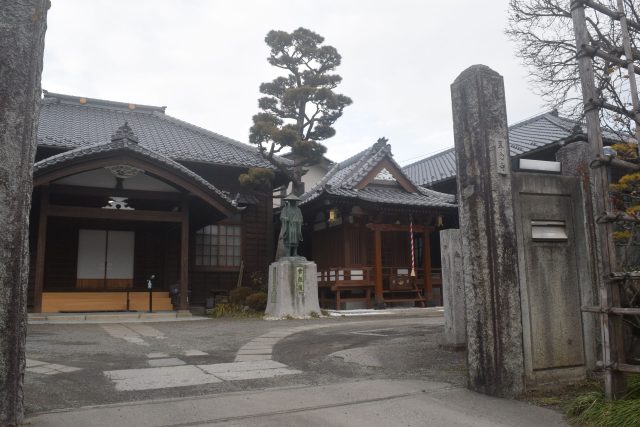
Sennenji Temple
The temple was founded in 1602. It is said that it was highly valued by Katakura Kojuro Kagetsuna and large financial support from the first through seventh generations of the Katakura family. In the temple's Taishi Hall, a national treasure of Horyuji Temple, a statue representation of Shotoku Taishi, is displayed.
The temple is also associated with “Go-Taiheiki Shiroishi-banashi," a story that has been performed in Joruri and Kabuki plays, and can be seen in the Nishiki paintings owned by the temple.
Reference
・読売新聞東北総局, 1995, "白石城物語"
・ Agatsuma et al, 1995, ”よみがえる白石城”
